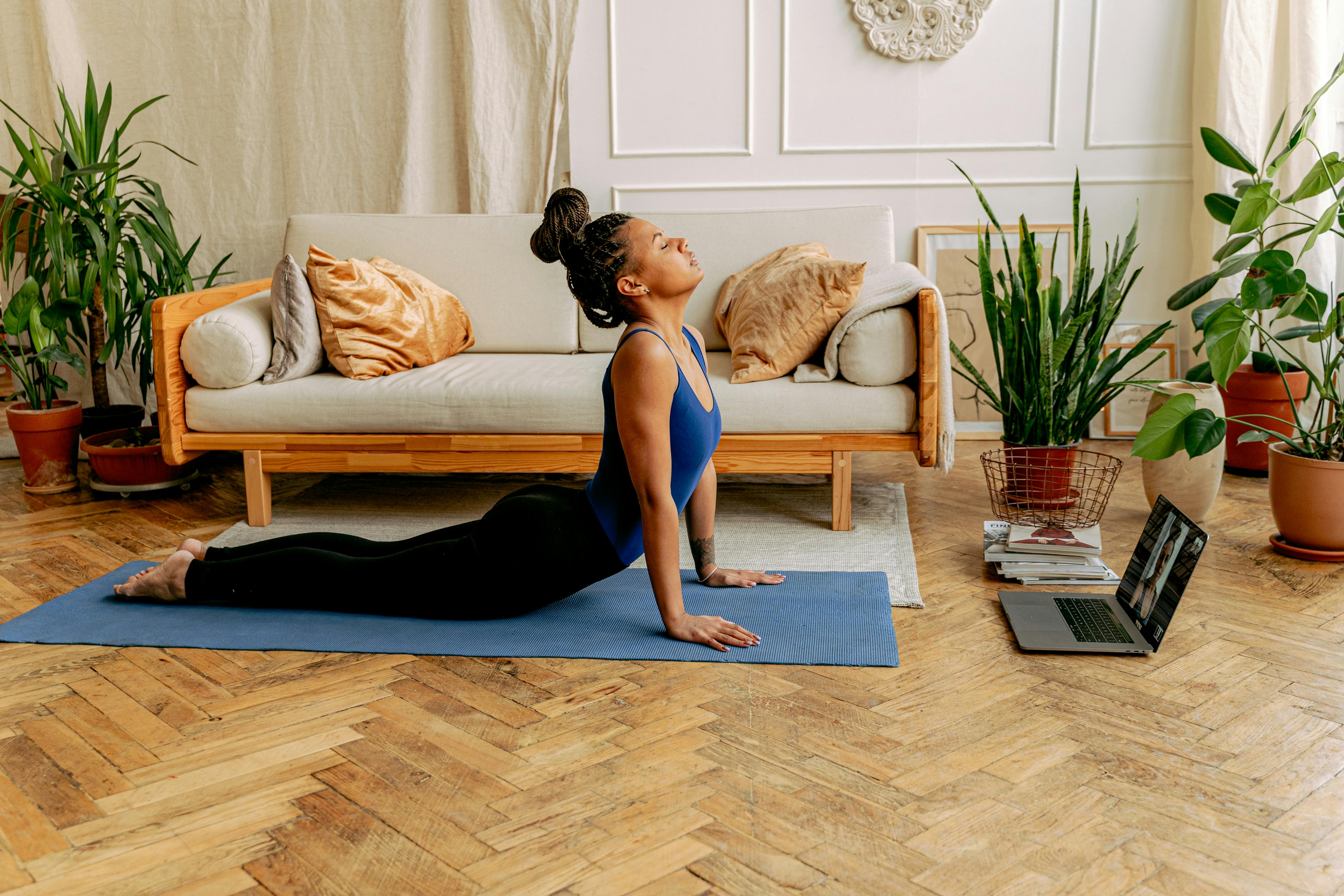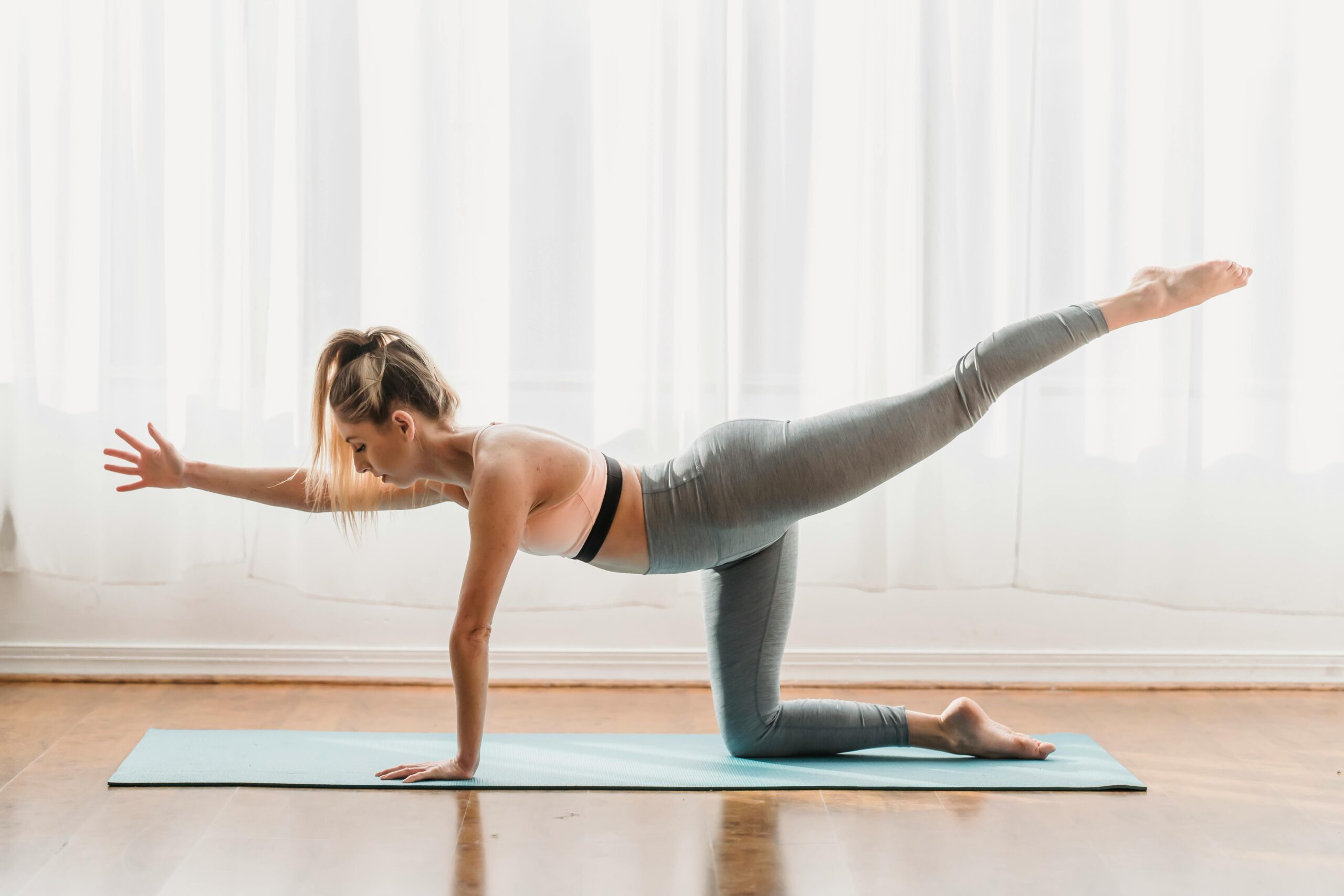Practical Guide to an Effective Home Workout Plan for 2025: Succeed in Staying Fit!
In the ever-evolving landscape of fitness, adapting your exercise routine to a home environment has become increasingly essential. A well-structured workout plan can help you maintain and enhance your physical health without the need for a gym. This transformation is crucial, especially in 2025, where health and fitness have taken center stage in our daily lives. The benefits of a home workout routine extend beyond mere convenience; it fosters a consistent training schedule that fits seamlessly into your lifestyle, promotes weight loss, improves cardiovascular health, and contributes to overall wellness.
This article serves as a comprehensive roadmap for creating the ultimate fitness program tailored for your home environment. We will explore essential components such as effective exercises, the importance of flexibility in your routine, and tips for maintaining motivation over time. From muscle building to improving endurance, this guide will provide specific methods and techniques that suit all fitness levels, ensuring that your journey toward health is both enjoyable and rewarding.
By the end of this article, you will have the knowledge to create a personalized training schedule that resonates with your fitness goals while making use of available resources. Let’s embark on this journey to enhance your vitality and reach your fitness objectives effectively!

Essential Components of a Home Workout Plan
Before diving into the specifics of exercises and routines, understanding the core elements of an effective home workout plan is critical. This serves as the foundation upon which you will build your fitness journey. With varying levels of experience and goals, your plan should include a blend of strength training, cardiovascular workouts, and flexibility exercises.
Setting Realistic Goals for Your Fitness Journey
One of the first steps in developing a workout plan is setting clear and achievable goals. This not only gives you direction but also helps track your progress. Whether you’re looking to lose weight, build muscle, or simply maintain your current fitness level, your goals should be specific, measurable, attainable, relevant, and time-bound (SMART). For instance, a goal like “I want to lose 10 pounds in the next three months” is much clearer than simply stating “I want to lose weight.”
Understanding Exercise Types
Your workout regimen should balance various exercise types: strength training for muscle growth, cardio for endurance, and flexibility training to maintain joint health. Incorporating different workout variants ensures all aspects of fitness are covered, preventing monotony and overuse injuries. For example, strength workouts could include bodyweight exercises such as push-ups and squats, while cardio might involve jumping jacks or jogging in place.
Creating a Balanced Routine
A balanced workout routine rotates focus across different muscle groups and includes both high-intensity and recovery days. A classic split might involve “push” days focusing on the chest, shoulders, and triceps, and “pull” days focusing on the back, biceps, and legs. Ensure you include rest days to allow your musculature to recover and avoid fatigue. This structure not only aids improvement but also empowers consistent progress toward your fitness goals.
Incorporating Equipment Wisely
While many fitness programs can be effectively executed with minimal equipment, investing in basic fitness devices can enhance your training experience. Consider items like resistance bands, dumbbells, or even a yoga mat to diversify your workouts. Furthermore, as you advance, integrating more specialized equipment, such as stability balls or kettlebells, can help maintain your workout’s effectiveness and challenge your body.
Tracking Progress and Adjusting Your Plan
Finally, tracking your progress is crucial for long-term success. Utilizing a fitness app or journal will help you note your achievements and any areas needing improvement. Regularly assess your progress relative to your goals, and don’t hesitate to adjust your training routine to reflect your growth and aspirations. It might include increasing repetitions, switching up your exercises, or altering the intensity of your workouts.

Effective Exercises for Home Workouts
After establishing your workout plan essentials, let’s delve into specific exercises that can effectively be performed at home without needing specialized equipment. These exercises will cover all necessary aspects of fitness, including strength, endurance, and flexibility.
Bodyweight Exercises for Strength
Bodyweight exercises are a staple for home workouts. They effectively promote muscle building and can be modified for different fitness levels. Classic moves include push-ups, squats, lunges, and planks. Each of these exercises targets various muscle groups, providing a comprehensive strength training experience. Aim for 3 sets of 8-12 repetitions, and as you gain strength, try to incorporate variations to keep challenging your body.
Cardio Intervals for Endurance
Improving your endurance can be achieved through cardio workouts that elevate your heart rate. High-intensity interval training (HIIT) combines short bursts of intense activity followed by rest or lower-intensity moves. For instance, alternate between using high knees for 30 seconds and 30 seconds of rest. Repeat this pattern for 20 minutes. Not only does this maximize calorie burn, but it also improves cardiovascular health.
Flexibility Workouts for Recovery
Incorporating flexibility routines into your weekly regimen is vital for recovery and injury prevention. Stretching after workouts or on rest days can improve mobility and aid in muscle recovery. Consider yoga or pilates sessions, which focus on stretching and core strength. Aim to dedicate at least 15-20 minutes twice per week to these practices, emphasizing deep breathing and relaxation.
Core Strengthening Activities
A strong core is essential for overall strength and stability. Targeting your abdominal muscles can be done through various exercises like planks, side planks, and Russian twists. These will not only enhance your core strength but will also improve posture and balance, which is beneficial in everyday activities as well as other workouts.
Leveraging Technology for Online Workouts
With the rise of digital platforms, numerous online workouts and fitness challenges are available. From social media fitness influencers to structured online courses, leverage these resources to keep your workouts fresh and motivating. Engaging with a fitness community virtually can enhance your experience, providing that extra bit of motivation to stick with your fitness journey.
Maintaining Motivation in Your Home Workout Routine
Staying motivated to engage in regular exercise can be challenging, especially when workouts are conducted in the comfort of your home. Maintaining enthusiasm is crucial to achieving your fitness objectives. Let’s explore effective strategies to keep your workout routine exciting and engaging.
Establishing a Support System
Having a training partner or joining a fitness community can provide accountability and encourage consistency. Sharing your fitness journey and progress with others not only motivates you but can also make workouts more enjoyable. Whether virtually or in person, friends, family, or even online forums can serve as a fantastic support system, helping you stay committed to your routine.
Mixing Up Your Workout Routine
One of the easiest ways to maintain interest in your workouts is to regularly mix up your routine. Introduce new exercises, vary the intensity, or swap in different types of workouts, such as yoga or dance. Changing your environment can also refresh your perspective—consider switching up workout locations around your home or even exercising outside.
Setting Mini-Challenges for Yourself
Incorporating personal challenges can also boost motivation. Try to increase your strength, endurance, or flexibility within a specific timeframe. Set goals like completing an online challenge, mastering a difficult exercise, or simply completing a set number of workouts in a month. These mini-goals provide a sense of purpose and accomplishment.
Documenting Your Fitness Journey
Keeping a journal or digital log of your workouts helps visualize your progress and keeps you accountable. You can track workouts, nutrition, and feelings after each session. Celebrating your achievements, no matter how small, fosters a positive mindset and enhances your commitment to your training plan.
Integrating Fitness into Daily Life
Making fitness a part of your everyday routine will help establish long-term habits. Look for opportunities to embed physical activity into your daily life, such as taking the stairs or doing short workouts during breaks. Over time, these small changes can lead to significant improvements in your overall fitness level.
Conclusion: Embracing Your Home Workout Journey
Creating an effective home workout plan for 2025 is an empowering initiative that paves the way for improved health and fitness. By implementing a structured plan filled with diverse exercises, staying motivated, and constantly challenging yourself, you position yourself for success. Remember, fitness is a journey, not a destination. Ultimately, it’s about finding joy in movement and making healthy choices that work for you and your lifestyle. So lace-up those trainers, clear out your living space, and embrace your commitment to health!
Frequently Asked Questions
What equipment do I need for effective home workouts?
You don’t need much—bodyweight exercises can provide a great foundation. However, incorporating basic equipment like resistance bands, dumbbells, or a fitness mat can enhance your workouts and increase variety.
How often should I work out at home?
Aim for at least 150 minutes of moderate-intensity exercise per week, which you can split into 30-minute sessions five times a week. Adjust based on your fitness goals and personal schedule.
Can I lose weight with at-home workouts?
Absolutely! Combining regular workouts with a balanced diet will effectively support weight loss and promote a healthier lifestyle.
How can I stay motivated to work out at home?
Surround yourself with a supportive community, set clear and realistic goals, and regularly mix up your workouts to keep things exciting. Tracking your progress can also maintain motivation.
Are online fitness programs effective?
Yes! Online programs can be very effective by providing structure, variety, and expert guidance. Exploring different platforms can help you find what best fits your style and goals.
